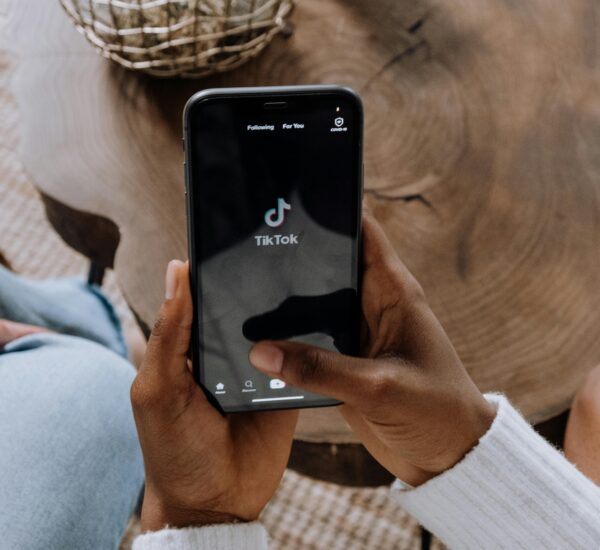Social media platforms have become an essential tool for businesses to reach their target audience. Among the various platforms available, Facebook stands out as a powerhouse for advertising. With over 2.8 billion monthly active users, Facebook provides an immense opportunity for businesses to connect with potential customers. In this article, we will explore everything you need to know about Facebook advertising and how it can benefit your business.
Understanding Facebook Advertising
Facebook advertising is a paid marketing strategy that allows businesses to create and promote their ads on the Facebook platform. It provides a range of targeting options, allowing businesses to reach specific demographics, interests, behaviours, and locations.
Benefits of Facebook Advertising
Facebook advertising offers numerous benefits for businesses:
a) Wide Reach
With billions of active users, Facebook provides an unparallelled reach, allowing businesses to connect with a vast audience.
b) Targeted Advertising
Facebook’s advanced targeting options enable businesses to reach their ideal customers based on demographics, interests, and behaviours, ensuring that their ads are seen by the right people.
c) Cost-Effective
Compared to traditional advertising methods, Facebook advertising is often more cost-effective, allowing businesses to reach a larger audience with a limited budget.
d) Increased Brand Visibility
Regularly promoting your business on Facebook increases brand visibility and awareness, making it more likely for customers to remember and choose your brand over competitors.
Types of Facebook Ads
Facebook offers various types of ads, each with its own unique purpose and format. Let’s take a look at some of the most commonly used ad formats:
a) Image Ads
Image ads are the most straightforward type of Facebook ad, consisting of a single image and accompanying text. These ads are effective for showcasing products or creating brand awareness.
b) Video Ads
Video ads allow businesses to tell their storey through engaging visual content. They can be in-feed videos or storeys, and they are highly effective in capturing the attention of users.
c) Carousel Ads
Carousel ads feature multiple images or videos that users can swipe through. This format is ideal for displaying a range of products or telling a visual storey.
d) Collection Ads
Collection ads combine a primary image or video with several product images below. This format is perfect for e-commerce businesses as it allows users to browse and purchase products directly within the ad.
4. Setting Up a Facebook Ad Campaign
To get started with Facebook advertising, follow these steps:
a) Set Clear Objectives
Define your advertising objectives, whether it’s to increase brand awareness, generate leads, or drive sales. Clear objectives will help you create more effective ads.
b) Identify Your Target Audience
Use Facebook’s targeting options to define your target audience based on demographics, interests, and behaviours. The more specific your audience, the better your ad performance.
c) Choose Ad Placement
Decide where you want your ads to appear, whether it’s in the Facebook News Feed, Instagram, Messenger, or Audience Network. Each placement has its own benefits and considerations.
d) Create Engaging Ad Content
Craft compelling ad copy and choose eye-catching visuals that align with your brand. A strong call-to-action can also encourage users to take the desired action.
e) Set Budget and Schedule
Determine your ad budget and schedule. Facebook provides options for daily or lifetime budgets, as well as start and end dates for your campaign.
f) Monitor and Optimise
Regularly monitor your ad performance and make necessary optimisations to improve results. Facebook’s Ads Manager provides valuable insights and metrics to track your campaign’s success.
Best Practises for Facebook Advertising
To maximise the effectiveness of your Facebook ads, consider the following best practises:
a) Use High-Quality Visuals
High-quality images and videos are crucial for capturing users’ attention. Invest in professional visuals that reflect your brand and stand out in the crowded News Feed.
b) Test Different Ad Variations
Experiment with different ad variations to identify what resonates best with your audience. Test various images, headlines, and calls-to-action to optimise your campaign performance.
c) Implement Retargeting
Retargeting allows you to re-engage users who have previously interacted with your business. Set up Facebook Pixel on your website to track user behaviour and show relevant ads to those who have shown interest.
d) Monitor Ad Frequency
Pay attention to your ad frequency to avoid ad fatigue. When users see the same ad too often, they may become less responsive or even annoyed. Refresh your ads periodically to maintain engagement.
e) Analyse and Adjust
Regularly analyse your campaign’s performance and make data-driven adjustments. Use Facebook’s analytics tools to measure key metrics and optimise your ads for better results.
Conclusion
Facebook advertising presents a powerful opportunity for businesses to reach and engage with their target audience. By understanding the various ad formats, setting clear objectives, and implementing best practises, businesses can leverage Facebook’s extensive reach and targeting capabilities to drive brand awareness, generate leads, and increase sales.
FAQs
How much does Facebook advertising cost?
The cost of Facebook advertising varies depending on factors such as audience size, ad placement, and competition. Facebook allows you to set your own budget, whether it’s a daily or lifetime budget, making it flexible for businesses with different financial capacities.
Can I target a specific location with Facebook ads?
Yes, Facebook’s targeting options include location targeting, allowing you to target users in specific cities, regions, or even countries. This feature is particularly useful for businesses that operate in localised markets.
Can I track the performance of my Facebook ads?
Yes, Facebook provides robust analytics tools through its Ads Manager platform. You can track key metrics such as reach, impressions, click-through rates, and conversions to evaluate the performance of your ads and make data-driven optimisations.
Can I run Facebook ads without a Facebook business page?
While it’s recommended to have a Facebook business page for better ad performance and engagement, it is not mandatory. You can still run ads through your personal Facebook account or create a separate ad account.
How long should I run a Facebook ad campaign?
The duration of a Facebook ad campaign depends on your objectives and budget. Some campaigns may run for a few days, while others can run for weeks or even months. Regularly monitor your campaign’s performance to determine the optimal duration for your ads.




